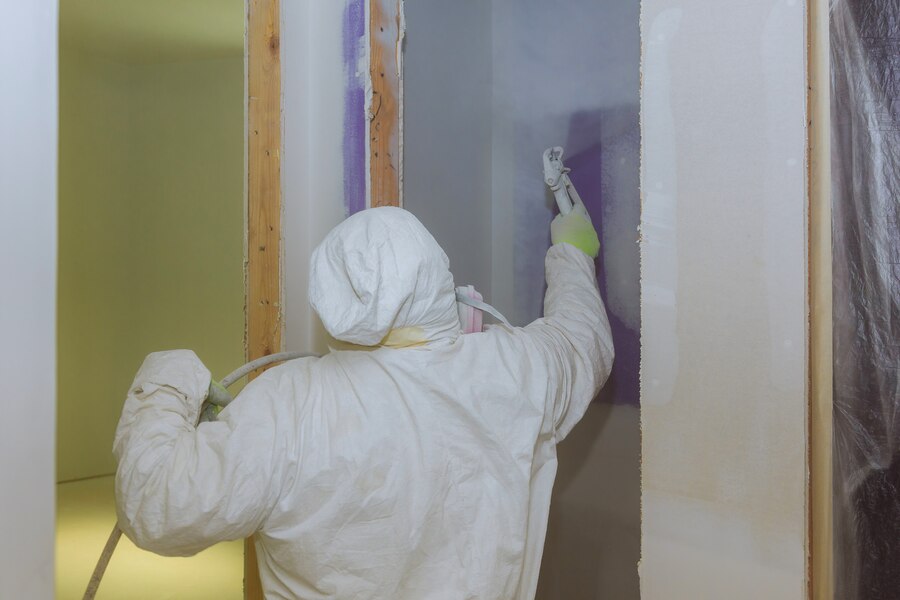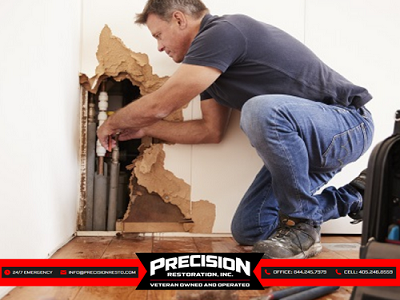Mold infestation is a common problem that many homeowners encounter, especially in areas with high humidity levels or water damage. Mold not only damages the structure of your home but also poses serious health risks to you and your family. Effective mold remediation is crucial to eliminate the mold growth and prevent its recurrence. In this article, we’ll delve into expert tips for successful mold remediation to ensure a safe and healthy living environment.
Identify the Source:

The first step in mold remediation is to identify the source of moisture that is fueling the mold growth. Whether it’s a leaking pipe, roof damage, or poor ventilation, addressing the underlying moisture problem is essential to prevent mold from coming back after remediation.
Identifying the source of moisture is paramount in effective mold remediation. Moisture is the primary catalyst for mold growth, and without addressing its root cause, remediation efforts may be futile. To pinpoint the source of moisture, a comprehensive inspection of the property is necessary.
Begin by examining areas prone to water intrusion, such as basements, crawl spaces, bathrooms, kitchens, and around windows and doors. Look for signs of leaks, such as water stains, dampness, or pooling water. Check plumbing fixtures, including pipes, faucets, and water heaters, for any signs of leakage or condensation.
Outdoor sources of moisture, such as roof leaks, damaged siding, or improper drainage, should also be inspected. A thorough examination of the roof, gutters, and downspouts can reveal areas vulnerable to water infiltration.
Assess the Extent of Infestation:
Before starting the remediation process, it’s crucial to assess the extent of mold infestation. This involves inspecting not only the visible mold growth but also areas where mold may be hiding, such as behind walls, under carpets, or in attics. A thorough assessment will help determine the scope of remediation required.
Use Protective Gear:
Mold remediation exposes you to potentially harmful mold spores and mycotoxins. It’s essential to wear protective gear, including gloves, goggles, and a respirator, to minimize exposure to mold and prevent respiratory issues or skin irritation.
Contain the Affected Area:
To prevent mold spores from spreading to other areas of your home during remediation, it’s essential to contain the affected area. Use plastic sheeting to seal off the contaminated space and consider using negative air pressure with air scrubbers to further prevent cross-contamination.
Remove Moldy Materials:
Depending on the extent of mold infestation, you may need to remove moldy materials such as drywall, insulation, or carpeting. Proper disposal of these materials is crucial to prevent further spread of mold spores. Seal them in plastic bags before disposing of them according to local regulations.

Clean and Disinfect:
Once moldy materials are removed, thoroughly clean and disinfect the affected surfaces using appropriate mold remediation products. It’s essential to use EPA-approved fungicides and follow the manufacturer’s instructions for safe and effective use.
Dry the Area:
After cleaning, it’s crucial to thoroughly dry the affected area to prevent mold regrowth. Use dehumidifiers and fans to expedite the drying process and ensure that moisture levels are kept low. Monitor humidity levels regularly to prevent future mold problems.
Conduct Post-Remediation Verification:
After completing the remediation process, it’s important to conduct post-remediation verification to ensure that the mold problem has been effectively addressed. This may involve hiring a third-party mold inspector to assess the area and confirm that mold levels are within acceptable limits.
Conclusion:
Effective mold remediation requires thorough planning, proper equipment, and adherence to safety protocols, especially in Oklahoma City, Oklahoma. By following these expert tips, you can successfully eliminate mold growth from your home and create a healthier living environment for you and your family. Remember to address any underlying moisture issues to prevent mold from returning in the future. For professional assistance with mold remediation, contact us today at Precision Restoration Inc.



